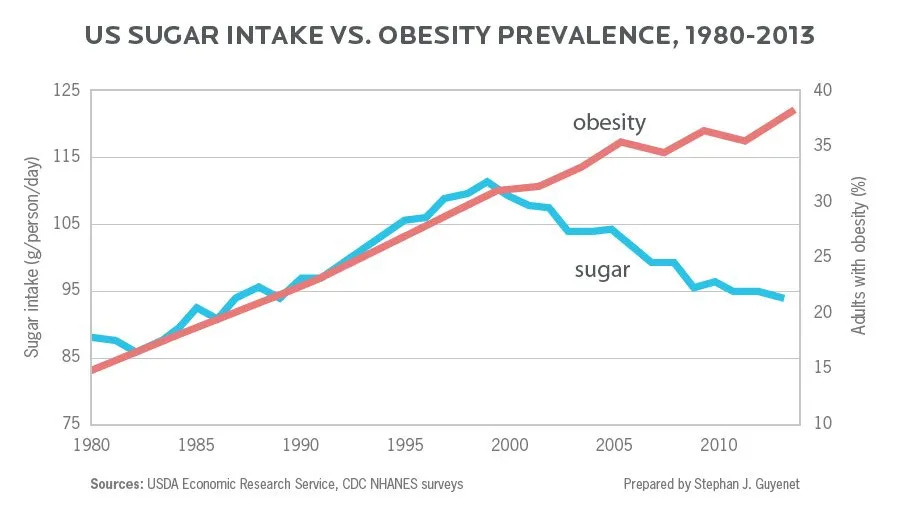The Expedition: Parenting, knee pain fix, VO2 max, metabolism myths, great gear, etc.
15 ideas to improve your life this month.
Housekeeping
Full access to this post and its audio version is for Members of Two Percent. Read more about Membership here and become a Member:
Shoutout to our partners:
Jaspr air purifiers. Poor air quality is a specter (read the stat below)—and using a Jaspr is one of the easiest things you can do to improve your health. I consider my two Jasprs my most essential home health tech. Get a discount here.
Maui Nui Venison is the healthiest meat on planet Earth. 100% wild, ethically-harvested, and delicious. Two Percent readers get a limited collection of my favorite cuts and products, like the 90/10 meat stick. Supply is limited because axis deer are wild. Visit mauinuivenison.com/EASTER.
Momentous Nutrition: The company that made me feel good about supplements again—research-backed, tested for purity, and used by pro teams and the US military. My favorites: Essential Plant Protein + Daily Multivitamin. Use discount code EASTER for 15% off.
Audio/Podcast version
Listen on the Substack player. Hit the play icon in this post in the Substack app.
The post
The Expedition is our monthly journey into thoughts, opinions, ideas, observations, studies, facts, figures, etc.
Good ones, insightful ones, interesting ones, weird ones, and ones you can use to live well and long.
It’s a roundup of all the worthwhile stuff I’ve discovered in the last month. The Expedition is a bit of an island of misfit toys. But, hey, the greatest journeys are winding.
This month, we’re covering:
Numbers on:
How heat changes VO2 max.
Exercise and cancer.
Running injury causes.
Sugar and obesity.
The truth about slow metabolisms.
Bad air quality in America.
Fitness centers by state.
Reaching fitness goals.
How obesity changes with marriage.
The sad state of kids and play and what that means for parenting.
A warmup that helps prevent and fix knee pain.
Three products I love.
My favorite paragraphs of all time.
A parting photo from my hike.
Let’s roll …
By the numbers
13 to 15
Percent that VO2 max decreased when people ran in a hot room (34c/95f) compared to a temperate room (18c/64f).
31
Percent reduction in cancer deaths experienced by people who strength trained at least twice a week. The study that followed 80,000 people from 1994 to 2008.
Doing both gym-based lifting and at-home bodyweight exercises had the most benefits.
99
Percent of running injuries are caused by:
Running too fast in training.
Running too much too soon.
Not eating enough.
(This is an estimation by an esteemed running coach).
15 and 20
Fifteen is the percent decrease in sugar consumption in the US since year the 2000. Twenty is the percent increase in our obesity rate.
This data suggests that sugar didn’t cause the obesity epidemic, as some claim. Instead, the issue is likely eating more calories overall, combined with less activity.
0
Difference in weight gain between people with naturally high and low metabolisms.
The scientists tracked two groups of people from 1995 to 2012. Half had a high metabolism, leading them to burn ~2,000 calories daily at rest. The other group had a lower metabolism, leading them to burn ~1,500 calories at rest.
Surprisingly, both gained the same amount of weight across the 17-year study period. The scientists wrote of the takeaway:
Adults with low (metabolisms) did not gain more weight than did adults with high (metabolisms), implying that habitual differences in food intake or activity counterbalance variations in (metabolism) as a risk factor for weight gain in a typical Western population.
10,170
Number of fitness centers in California. It has more than any state.
Next is Texas, with 8097, then Florida, with 5,824. Last is Vermont, with 154. This, I’m left to assume, is because active people in Vermont are like this.
43
Percent of people asked about their fitness goals said they wanted to increase their general strength. That goal was tied for the number one spot with “lose a certain amount of weight.”
156
Million Americans live in areas with unhealthy levels of ozone or particle pollution, which means 46 percent of the population breathes dangerous air.
Consider getting a Jaspr air purifier—seriously, I think the item is warranted given all of the new findings on air pollution, its ubiquity, and its consequences.
3
Times more likely married men are to be obese compared to single men. Their rate was higher than that of married women.
Play, peril, and parenting
Remember the old kid’s play places at McDonald’s fast food restaurants? They had a slide, a maze of crawl tubes, a ball pit, etc.
I hope many of you, like me, experienced the thrills of the play place—suffocating in the ball pit; getting second-degree contact burns sliding down the plastic slide; contracting various illnesses in the phlegm-coated crawl tubes.
The play places were filled with danger and disease. But, by god, they were beautiful. And now, some McDonald’s locations are swapping them out for … screens.
Author Nancy French snapped the following photo and wrote:
This is so heart breaking. I’m at a new McDonald’s in Franklin, TN and look at their “play place” for children. Two screens/two chairs.
This photo makes me feel like this.
The new play place highlights a terrible trend: Kids spend less time freely playing together and more time in front of screens alone.
The death of unstructured play is a big factor in problems among kids and teens, like:
The shocking rise in mental health issues.
Severe decreases in resilience.
Increases in pickiness and fragility.
Giving kids more opportunities to play freely can improve:
Cognitive development
When kids play together (without their parents acting as conductor), they explore, use their imagination, communicate, and reason. That builds cognitive skills.Social and emotional growth
While playing, kids have to communicate and cooperate. They’re forced to navigate tricky social situations, read others, and build relationships and empathy.Physical wellbeing
Play requires spontaneous and purposeful running, jumping, climbing, lifting, and more. This type of movement keeps kids healthier while developing motor, spatial, and bodily awareness skills. Physical health also supports mental wellbeing.More resilience
When kids play freely, they face problems. They have to navigate and solve those problems on their own—and learn to stand up for themselves. That builds confidence and resilience.
After writing The Comfort Crisis, I’ve received many questions from parents about raising resilient kids.




